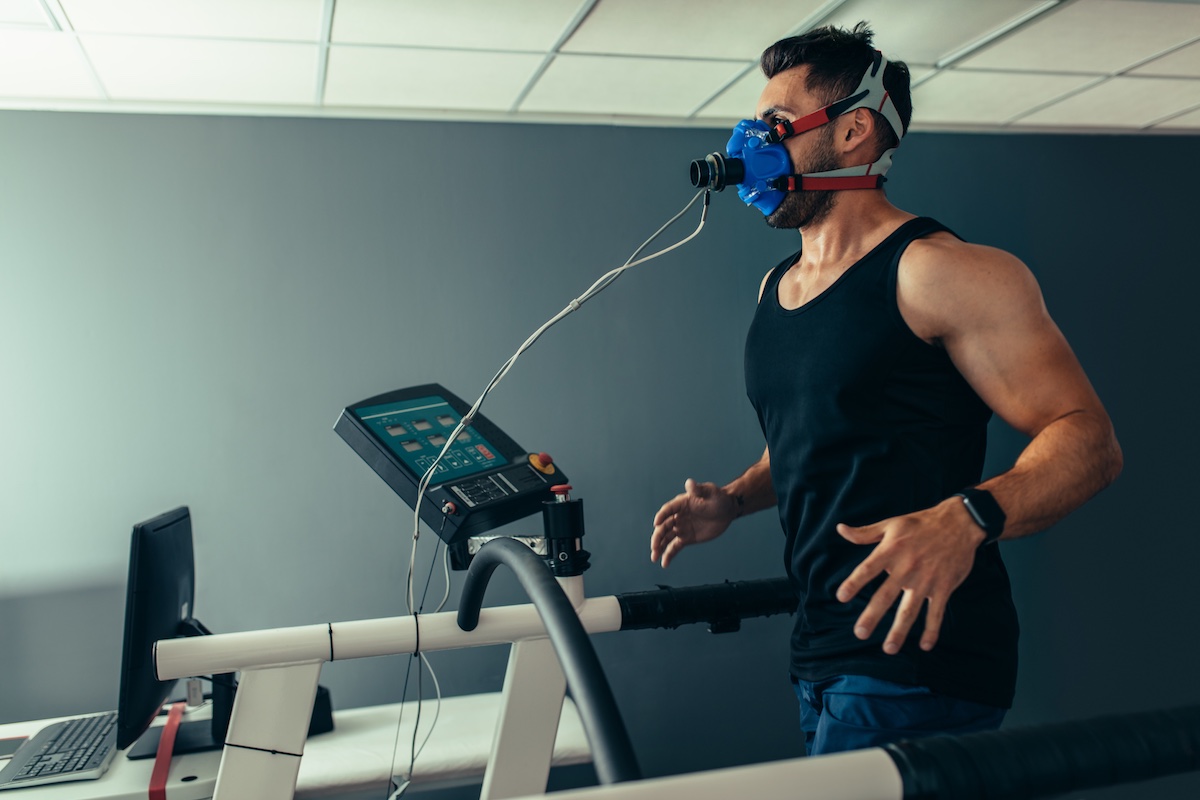It’s often said that you shouldn’t skip a leg day. Leg workouts are important for several reasons, yet they are sometimes neglected in favor of upper-body workouts.
Instead, you should follow an exercise program that supports a balanced body, which includes having a strong, stable foundation.
Read on to take a look at some of the reasons you should work your legs daily, the benefits, and when it’s okay to take a break.
Why you shouldn’t skip leg day
Leg workouts are an important aspect of a balanced, whole-body fitness routine that builds strength, speed, and stability.
It’s important to stay consistent with your leg workouts since these large muscles are an integral part of your overall fitness. Plus, it’s easier for your body to adapt to the workouts and develop good habits that will help you to meet your fitness goals.
Strong leg muscles keep your body balanced, which isn’t possible if you focus solely on your upper body.
Working your glutes, quads, and hamstrings with exercises such as deadlifts, squats, and lunges helps to maximize and boost athletic performance.
Avoid overtraining your quads and balance your routine to target your glutes and hamstrings as well.
Lower-body muscles create a strong, stable foundation. Rooting your lower body into the ground helps to create resistance that travels upward into your core and upper body.
You utilize lower-body strength to do all types of movements, including upper-body movements such as throwing, batting, or reaching overhead.
When you should skip it
Go ahead and skip a leg workout day if you are very sore, have a potential injury, or are feeling under the weather. This may include feeling very tired.
If you have a cold and are experiencing minor symptoms such as sneezing, a runny or congested nose, or a sore throat, you can still work out. But you should reduce the duration and intensity.
Skip your workout altogether if your symptoms include chest congestion, a stomachache, or a dry cough. Other symptoms that warrant a break include fever, tiredness, or extensive muscle pain.
Pushing yourself too much may slow down your healing trajectory or cause an injury, so take it easy when you’re feeling unwell. Taking time off will help to ensure a speedy recovery.
Benefits of leg workouts
Leg workouts engage the major muscle groups of your body, which helps to improve overall athletic performance and support healthy movement patterns in your daily life.
A strong lower body will also help to prevent injury and manage chronic conditions such as arthritis, heart disease, and diabetes.
Stimulates hormones
Leg workouts can stimulate the release of large amounts of hormones. Working your legs helps to produce hormones such as cortisol, testosterone, and human growth hormone (HGH).
Cortisol helps your body to respond to stress and increase fat metabolism. Testosterone helps your body to repair damaged muscle proteins and build skeletal muscle. HGH promotes muscle growth, boosts immunity, and boosts fat metabolism.
Balances strength
Doing unilateral leg exercises will offer even more benefits.
Working each leg individually helps to align your body and correct muscular imbalances since they require you to use both sides of your body equally. This ensures your dominant leg isn’t overcompensating for your non-dominant side in terms of strength, mobility, or flexibility.
Engages core
Single-leg exercises can help you to engage your core muscles, develop better balance, and prevent injury. They also help to promote rehabilitation, since working one side of the body can stimulate the same muscles on the other side of the body.
This indirect stimulation can strengthen an injured area on the opposite side of the body that you’re targeting. When doing unilateral exercises, always start with your non-dominant side.
Other benefits
Building a powerful lower body also helps to:
- build muscle
- tone and sculpt legs
- strengthen core muscles
- burn calories and promote weight loss
- improve overall fitness
- reduce joint pain
- strengthen bones
- engage major muscle groups
- alleviate lower back pain
- boost cognitive function
- create an aligned, balanced, and symmetrical body
- improve mobility, stability, and range of motion
- manage stress
- improve posture
Effects of not working out legs
If you don’t work out your leg muscles, you miss out on creating the strongest foundation possible, which will support all of your activities.
A firm, solid base will give you more stability, which in turn enhances your mobility, range of motion, and coordination.
Neglecting leg workouts won’t cause muscle to turn into fat. However, over time, your muscle cells can shrink while your fat cells will enlarge. This can cause you to look and feel less fit and muscular.
If you regularly work your upper body without focusing on your legs, you may end up with a body that’s out of proportion.
How many rest days is too many?
If you neglect your leg workouts for several days per week or weeks at a time, you’ll start to see a decline in your muscle tone and performance.
However, if you’re simply skipping a day now and then due to time constraints or desire for variety, you’ll be okay. On days you don’t have time for a full workout, you can aim to do at least 15 minutes of physical activity.
To gain the results you want and to meet your fitness goal, you must be constant in your training approach. This will also help to instill positive, healthy habits that become natural with repetition.
Remember that it may take anywhere from a few weeks to a few months to see and feel results. You must continue to keep up with your fitness plan even after you see these results to maintain your strength and fitness level.
Source : Healthline







Leave A Comment
You must be logged in to post a comment.